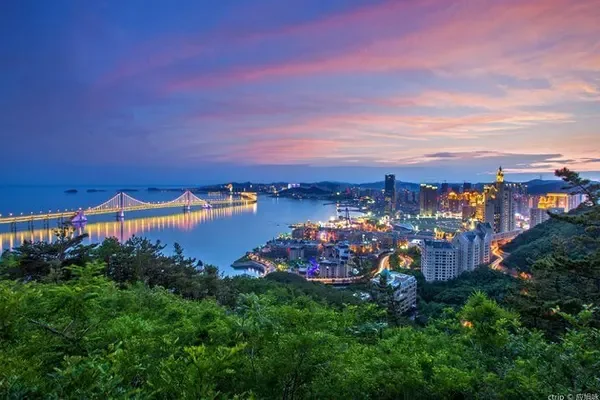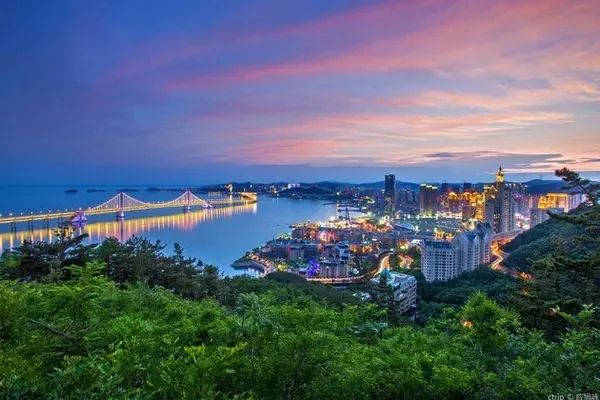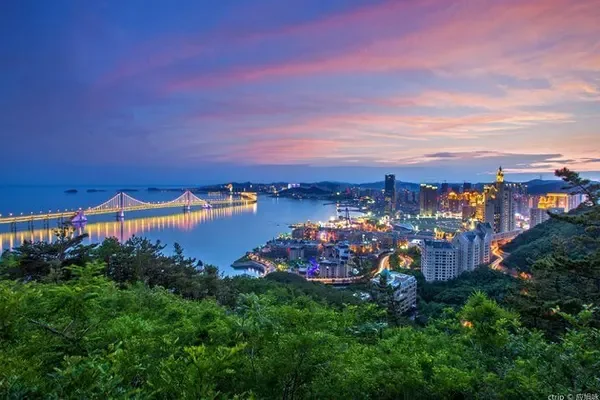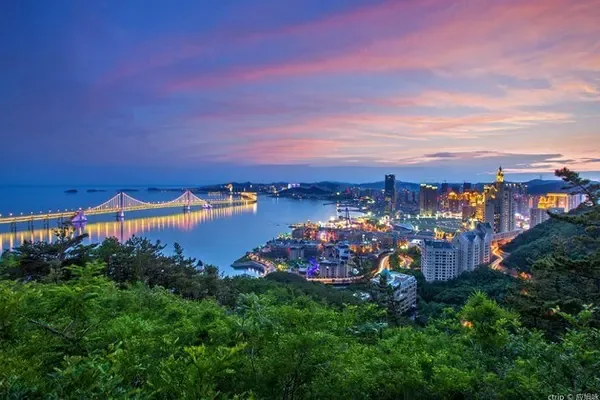
It was already 17:50 Beijing time when we arrived at the Tomb of the Western Xia Dynasty in the southwest direction of Yinchuan City, and there were only 10 minutes left before the stop of ticket sales. Fortunately, it gets dark here after 20:00. Fortunately, the scenic spot is not cleared, and the gate will not be closed until the last tourist leaves.
In the scenic spot at this time, tourists have already chatted. Waiting for the setting sun to create an evening romance on the skyline of Helan Mountain, the golden brilliance puts a noble color on the millennium royal cemetery. The cemetery has long been broken walls, but it is more mysterious and desolate.

Xixia Royal Mausoleum, also known as Xixia Emperor Mausoleum, Xixia Imperial Mausoleum, and Xixia Mausoleum, is the tomb of the emperors and royal tombs of the Xixia Dynasty. It is one of the largest existing imperial cemeteries in China and the most complete ground site. ruins. The scenic spot covers an area of more than 58 square kilometers, and the core scenic spot is 20.9 square kilometers. There are 9 emperor tombs and more than 200 burial tombs of princes and relatives. The scale is magnificent and the layout is strict. Each imperial mausoleum is a rectangular independent building group facing south, and its scale is roughly the same as that of the Ming Tombs.

The Xixia Dynasty was established by Dangxiang people, and once stood on the land of China with Song and Liao. Dangxiang was originally a branch of the ancient Qiang nationality. He nomadic for a long time at the junction of Sichuan, Qinghai and Tibet. Later, he was harassed and persecuted by Tubo, so he asked the emperor of the Tang Dynasty to move inland. The emperor of the Tang Dynasty recited the merits of his Tuoba tribe in helping suppress the Huangchao uprising, and allowed him to move to the area where Shaanxi, Gansu and Ningxia meet today.


In 1038, Li Yuanhao, the leader of the Dangxiang clan, established Xixia. He relocated his grandfather Li Jiqian and father Li Deming to the eastern foot of Helan Mountain, among which Li Jiqian was buried in Yuling and Li Deming was buried in Jialing. Since then, during the existence of the Xixia Kingdom, except for Shenzong Li Zunxu, Xianzong Li Dewang and the last emperor Li Zhen, every emperor recorded a clear name of the mausoleum, but did not record the specific location of the burial.

In 1227, Xixia was destroyed by Mongols. The last lord of Xixia, Li Zhen, surrendered and was killed shortly thereafter. His burial place is unknown. Since then, the Western Xia Royal Mausoleum was severely damaged by the Mongolian army. After the founding of the People's Republic of China, the local cultural relics management department once believed that the Xixia King's Mausoleum was a Tang tomb. As of 2014, it has been determined that the owner of Tomb No. 7 is Li Renxiao, Emperor Renzong of the Western Xia Dynasty, and that the owner of Tomb No. 182 is Liang Guozhengxian Wang Wei, whose name is Anhui. The exact evidence of the identity of the other tomb owners is still being excavated.

The largest tomb in the royal tomb is identified as the tomb of Li Yuanhao, the founding emperor of the Xixia Dynasty. The Western Xia Royal Mausoleum absorbed the directors of the Tang and Song imperial mausoleums since the Qin and Han Dynasties, and was also influenced by Buddhist architecture. It has become a unique form of Chinese cemetery architecture, so it is called the Oriental Pyramid. Under the setting sun, shining golden light. Viewed from different angles, they all shine with the infinite mysterious charm and desolate sadness of the Oriental Pyramid.




In 1988, the Western Xia Mausoleum was listed as a national key cultural relics protection unit and a national key scenic spot; in 2006, it was included in the Chinese National Natural and Cultural Dual Heritage Preparatory List; in 2011, the Xixia Mausoleum National Archaeological Site Park and the world cultural heritage declaration were launched work; in 2012, the Xixia Mausoleum was included in the China World Cultural Heritage Preparatory List by the State Administration of Cultural Heritage.





Back then, Genghis Khan led a powerful Mongolian iron cavalry to besiege the Xixia Kingdom. Unexpectedly, a generation of arrogance died here. The angry Mongolian army did not mourn, but showed more strength and cruelty. It not only trampled on the tomb of the Xixia king, but also slaughtered the entire party and nation, and destroyed the entire Xixia Kingdom. No one can recognize the splendid Xixia characters so far, and the Xixia civilization of nearly two hundred years has since disappeared. Woohoo, sad!





